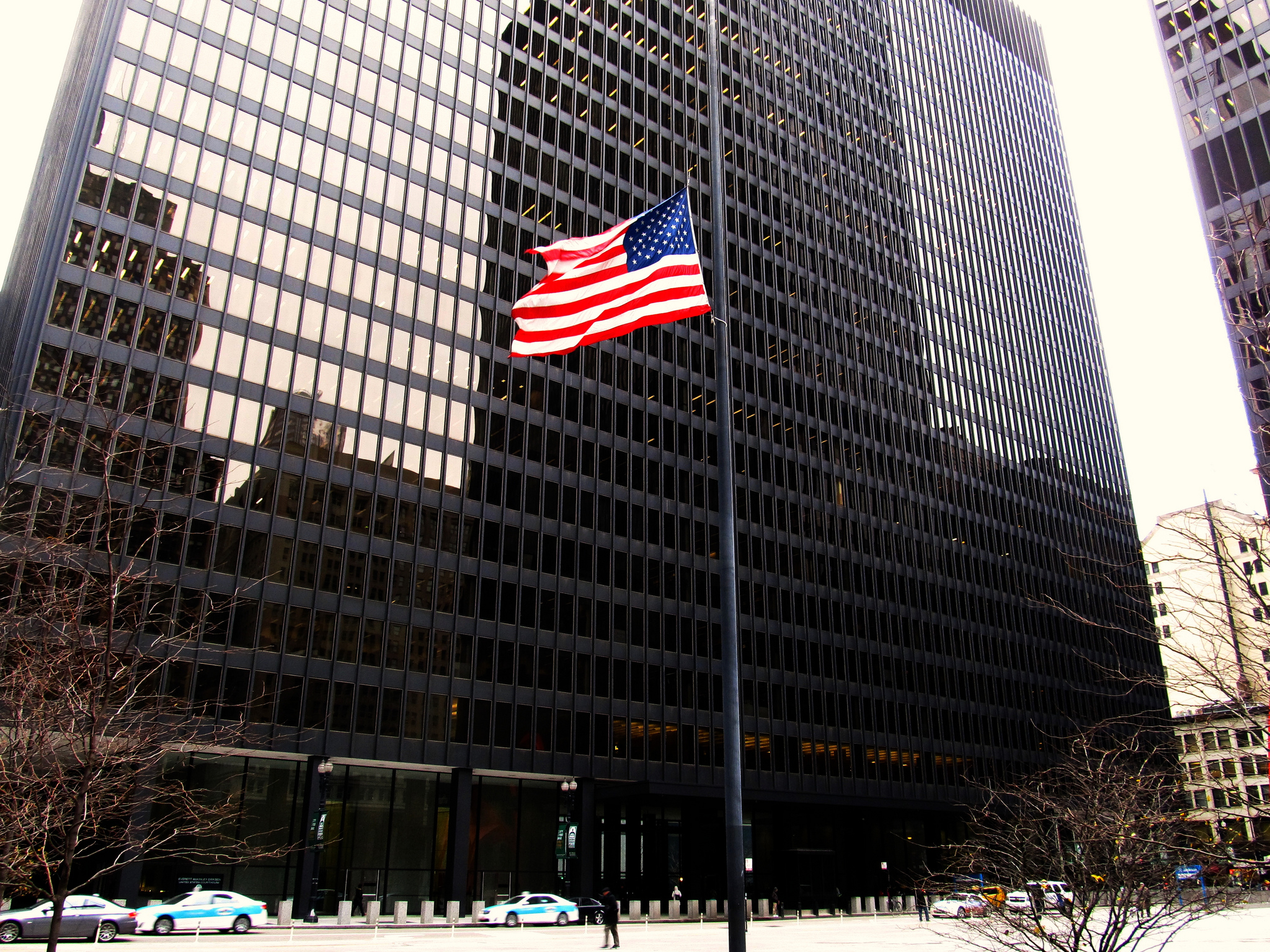Prof. Ralph L. Brill
Two months ago I posted a summary of the Lebron case, in which the Illinois Supreme Court struck down the Illinois statute which placed caps on non-economic damages in medical negligence cases. As I indicated there, my colleagues Professor Nancy Marder and Distinguished Professor Richard Wright joined me and a number of other law professors from other schools in submitting an amicus brief in the case. In it, we advocated that the statute placing caps on medical malpractice damages constituted unconstitutional special legislation.
In broad summary, we show that:
1. The cap created new and arbitrary divisions among classes of plaintiffs. For example, a doctor who is seriously injured by a patient’s negligence, in whatever manner, may recover non-economic damages from the patient without any limitation, but a patient who suffers some permanently debilitating injury as a result of that doctor’s reckless conduct would be limited to a maximum of $500,000 in non-economic damages for having to bear a lifetime of horrendous pain and mental distress.
2. The cap created new and arbitrary divisions among classes of tortfeasors. For example, an architect whose negligence in design caused a major injury to an occupant of the designed building would be liable without limitation for the damages suffered; but a doctor whose negligence during treatment caused the same kind of major injury to a patient only would be liable for the maximum set by the cap.
3. There was no rational basis for the arbitrary discriminations created by the statute.
A. One supposed justification for the creation of the cap was the allegation that physicians were leaving the State of Illinois because they could not afford the high insurance premiums resulting from malpractice judgments. However, the allegations of physicians’ exodus from the State of Illinois is and was a myth. In fact, the supply of licensed physicians throughout Illinois has steadily increased over the past 45 years, both in net numbers and in relation to the Illinois population.
B. A similar alleged justification was that there has been a dramatic decline in “high-risk” medical specialists in Illinois. This too is completely without foundation. The data, as opposed to anecdotes, shows that the net numbers and per capita rate of Gynecologists, Neurologists, Surgeons, Cardiologists and other “high-risk” doctors have been steadily rising, not falling.
C. The supposed justification of the decline in doctors practicing in the rural south half of the state likewise is false. The numbers of rural, southern Illinois doctors have showed significant and continuing gain, not fall.
D. To be sure, Medical Malpractice Insurance rates have increased dramatically. However, these increases were primarily due to declining investment income to insurance companies, and were not due to malpractice verdicts or settlements. Insurance company profits did not decline. And, in any case, insurance premiums constituted a comparatively small and declining portion of doctors’ expenses of running a small medical practice.
E. The claim that there has been a “torrent” of Malpractice claims and an “explosion” in the size of pay-outs is dead wrong. The data shows that, while there have been some individual very high judgments, the overall verdicts and settlements have remained at a constant or even falling rate from past decades.
F. Finally, Malpractice claims and awards in Illinois have been consistent with long-running national trends. They have been comparable to other states which have or do not have caps on damages. The actual data show that the number of claims and the size of awards were not the cause of spiking insurance premiums.
In short the amicus brief argued that the major causes of rising malpractice rates have been (1) declining insurance company investments and (2) frankly, a large amount of actual malpractice by doctors, hospitals and other medical care providers.



cmhoffmann
Thanks for your work in this case, professor. I’m glad to see the law struck down. Tort reform is a political football that gets tossed around every health care debate despite the fact that medical malpractice suits account for a minute percentage of health care costs. Even so, nothing ever stopped politicians in Washington, or Springfield for that matter, from bashing lawyers over the head for the chance of political gain. We should let juries and courts determine damage awards, not legislators funded by insurance companies.